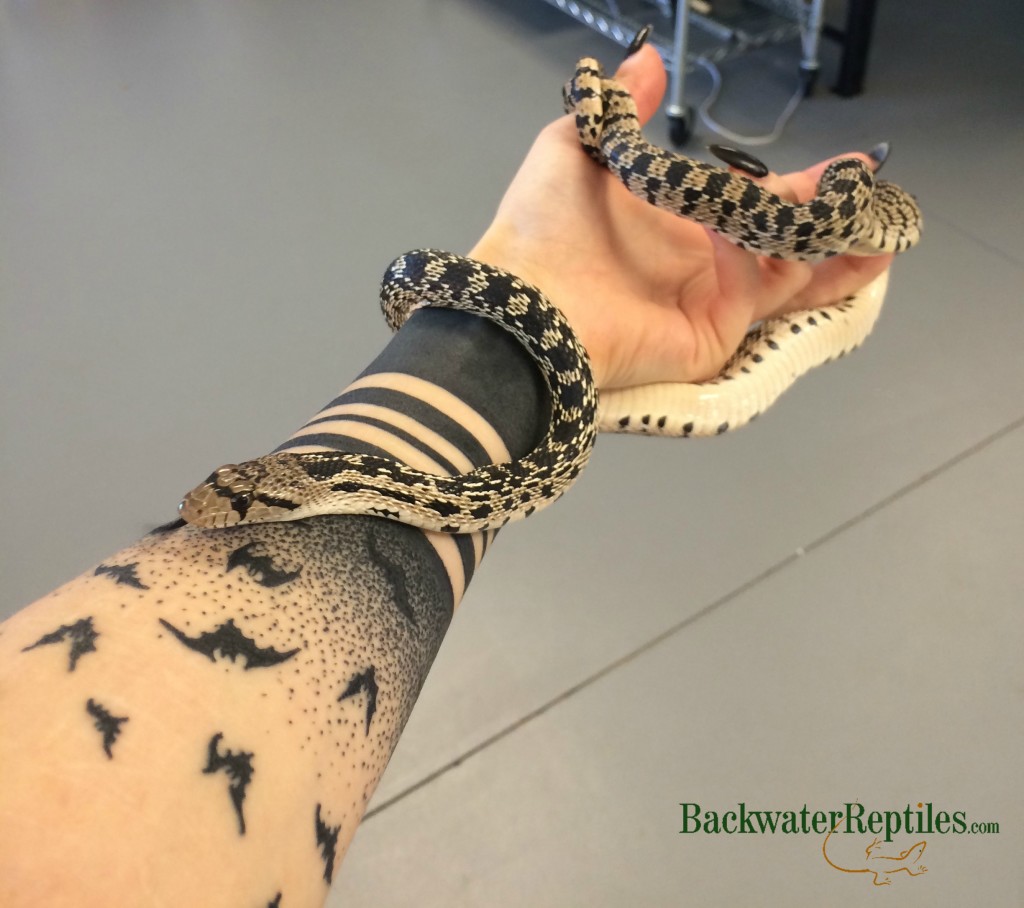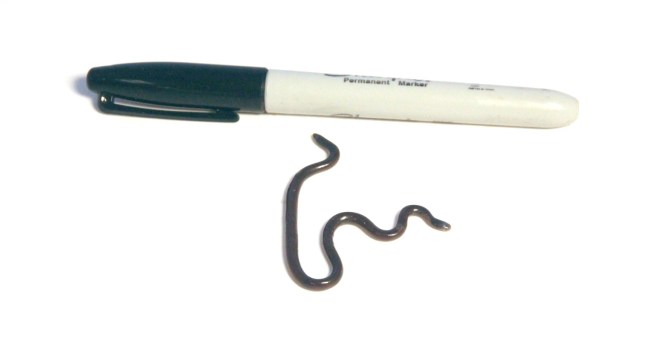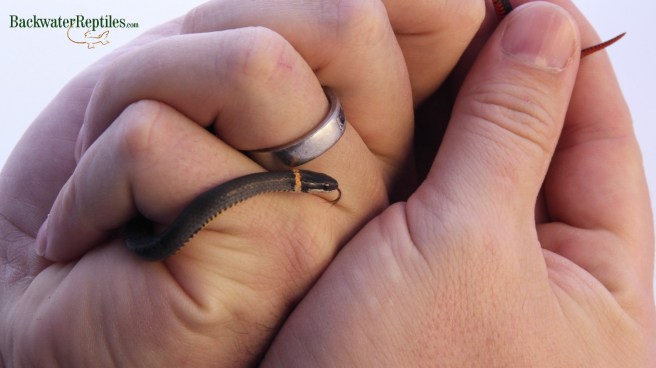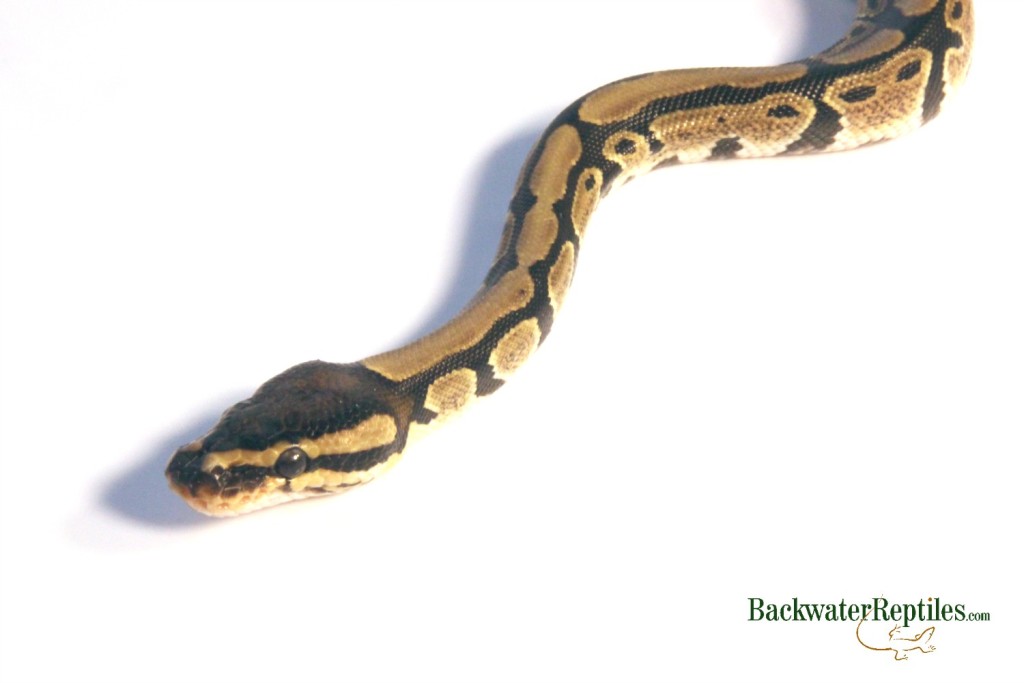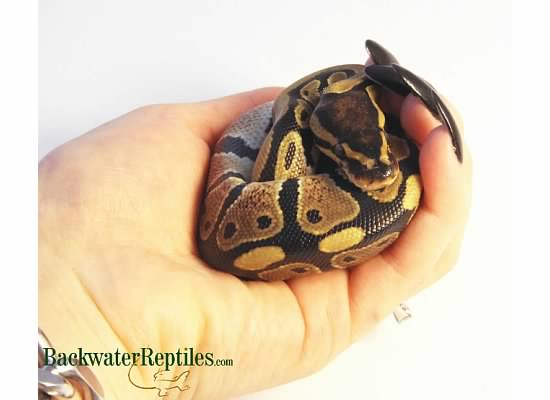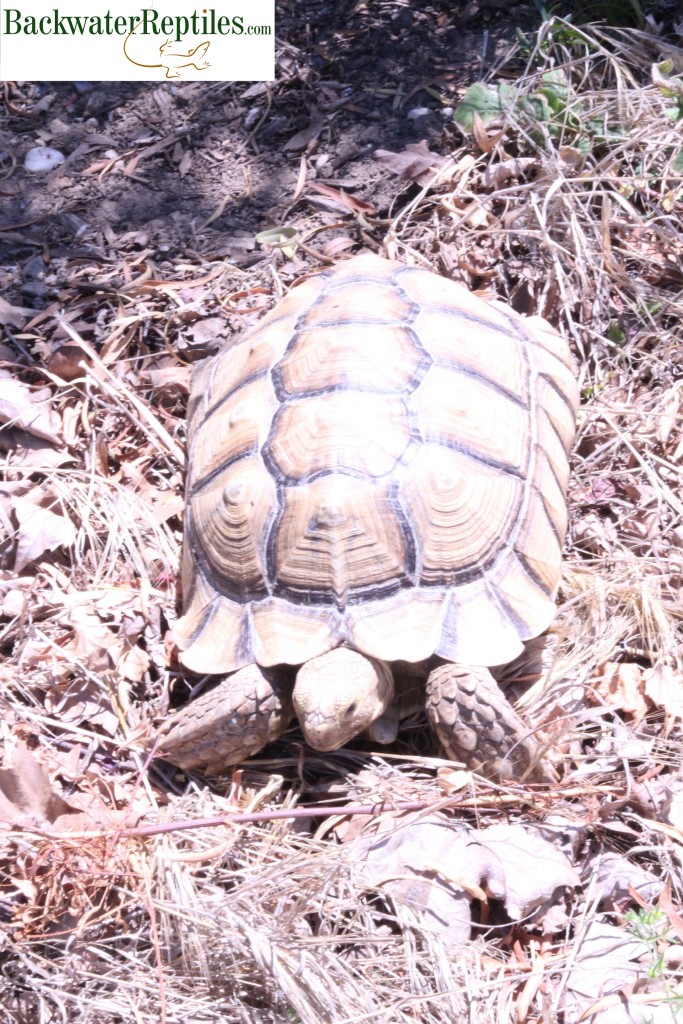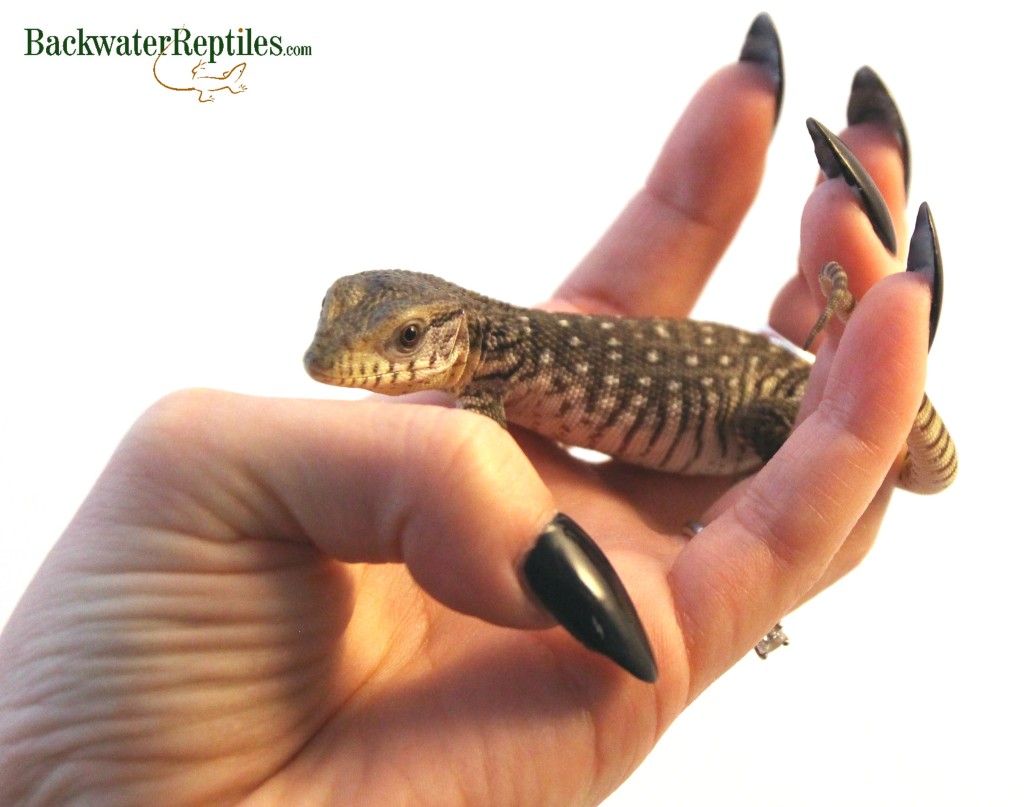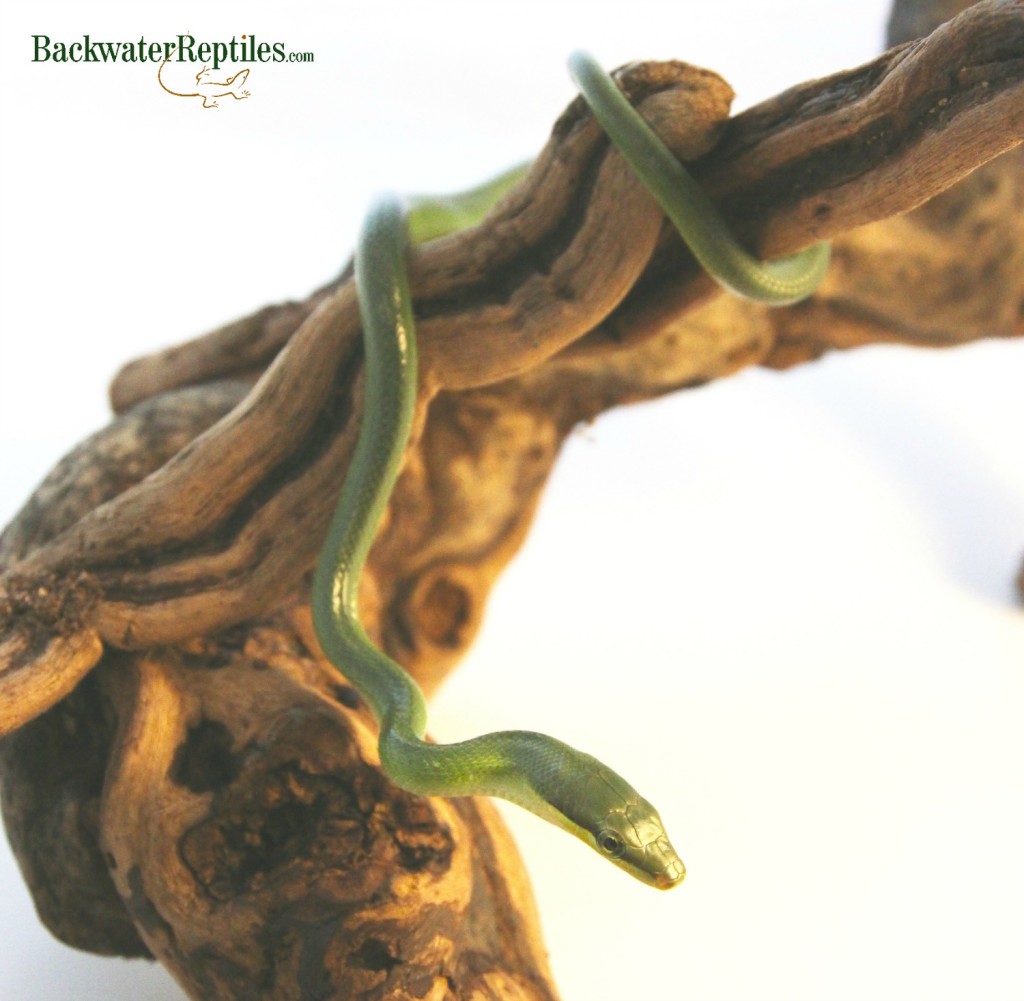Welcome to our ultimate guide to snakes in movies. We’re a reptile company, so naturally we have a better perspective on the subject than your average Joe.
It’s a given that we all love reptiles at Backwater Reptiles, so it also makes sense that we love seeing some of our favorite scaly, slithering snakes on the big screen in movies. Don’t you?
However, one thing that kind of bugs us is when the critters we love get misrepresented in cinema. For instance, being snake fanatics, we know that often times non-venomous species of snakes are depicted as venomous in order to create a sense of danger because non-snake folks don’t know any better.
So, in this blog article, we’ll discuss some common tropes associated with snakes in film and why their incorrect portrayal of our scaly companions can sometimes be annoying.
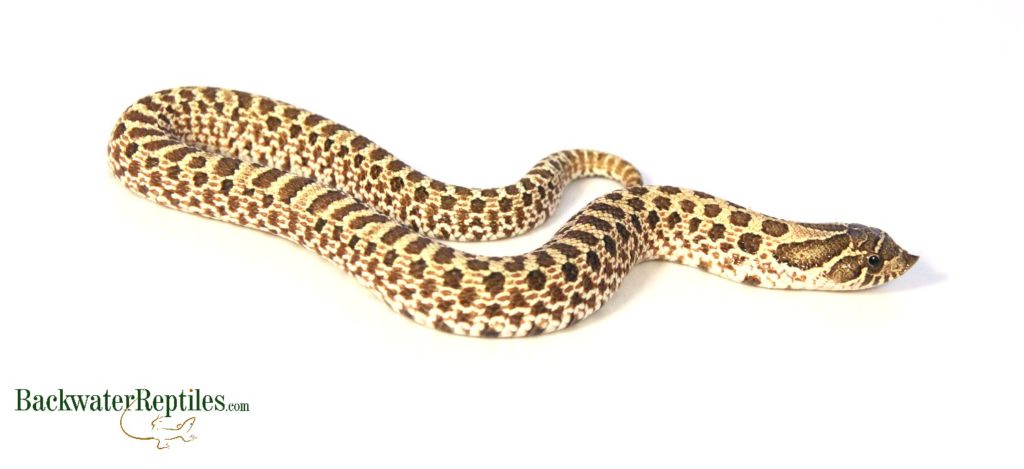
Snakes in Movies – The Ultimate list
Oversized or Giant Monster Snakes in Movies
It’s common knowledge that members of the boidae and pythonidae families (boas, pythons, and anacondas) are the largest species of snakes in the world.
However, often times, these snakes will be depicted on screen as enormous, monster, killer snakes. If you’re going to put a snake in a movie, why not use a huge one, right?
There are a few SyFy channel original movies starring killer giant snakes such as “Piranhaconda,” “Mega Snake,” and “Boa Vs. Python.” However, although these films are relevant to this discussion, we’re intentionally leaving them out due to their intended gimmicky nature and the fact that they played on television and not in movie theaters.
Probably the best example of an oversized killer snake within recent memory is the 1997 flick “Anaconda” starring Jennifer Lopez, Jon Voight, and Ice Cube. While this movie does in fact place the anaconda in the correct native habitat, the snake itself is depicted as larger than life.
In reality, the largest reported anaconda was twenty eight feet long and had a recorded girth of forty-four inches. This is obviously a huge snake, but the killer snake represented in “Anaconda” was large enough to consume Jon Voight’s character whole in one bite with no trouble or resistance.
While anacondas can eat large prey items like deer and pigs, it’s highly unlikely one would get big enough to accomplish this feat so easily.

We’d also like to mention that a snake so large would most likely not be as energetic or active as the anaconda in the film. Sure, anacondas are quick to strike, but they are not typically considered speedy.
Perhaps in water they are nimble, but overall, these heavy animals lie in wait for their prey and don’t tend to seek it out or chase after it.
The bottom line is that oversized, gigantic and monstrous snakes in movies can be fun but they are also misleading. People who don’t know better might actually think that anacondas commonly grow to the proportions shown in the film, which is just not true.
And because we sell snakes to the public and believe in educating our customers, it can be annoying to have incorrect portrayals of the creatures we love so much in the media.
Overly Bad Tempered Snakes in Movies
While it’s clearly not a film meant to be taken seriously, “Snakes on a Plane” is an epic misrepresentation of the temperament of snakes as a whole. No matter the species of snake, the ones on Samuel L. Jackson’s plane are mean and out for vengeance which is a completely inaccurate picture of the disposition of snakes in general.
Whether they’re attacking people in the lavatory or actively chasing potential victims down the crowded aisles of the plane, the snakes in this film are certainly overly aggressive. Even in real life, venomous snakes don’t chase people or seek out ways in which to harm them, no matter how small the space they are in.
While there might not be too many other films specifically dedicated to multitudes of snakes murdering people in confined spaces, we feel that it’s safe to say that in general, snakes cast as the “bad guy” or meant to be a threat to a character in some way or other are nearly always shown as being unrealistically bad tempered.
Because we handle snakes on a regular basis at the Backwater Reptiles facility, we know that in real life, most snakes prefer to hide and be left to their own devices.
Some species don’t mind interacting with people, but many snake species that are not bred in captivity will only bite as a last resort. They will usually choose to try and escape from you rather than seek you out and come after you.
The bottom line is that snakes chasing down humans – whether the snakes are normal-sized like those in “Snakes on a Plane” or monstrous like the previously discussed killer snake in “Anaconda” – is a myth.
While we know the truth about how to handle snakes of different dispositions ranging from grumpy to docile, not everyone does. We think portrayals of snakes with bad tempers gives people the wrong idea and more reason to vilify these already misunderstood animals.
Snakes as Comic Relief in Movies
There are several instances where snakes are cast as comic relief in films. Have you seen “City Slickers II: The Legend of Curly’s Gold”? There is one scene in particular in this comedy where a character believes he has been bitten on the rear end by a rattlesnake, when in reality, he just sat on a cactus. Clearly, the rattlesnake is the butt of the joke so to speak in this scenario.
If you’ve seen any of the original Indiana Jones flicks, you’ll remember that our hero Indie has quite a dislike for our slithering pals, and there’s an epic snake pit involved (full of snakes that have no business being in Egypt, by the way).
While the actual snakes present in the film never do anything that makes them seem funny or silly, their screen time is met with a laugh from the audience due to how they make Indiana Jones so uncomfortable.
The sentiment behind the joke being that such a masculine, virile, explorer who can tackle life threatening situations daily can’t handle a few serpents makes the snakes funny.
In our opinion, this is one of the few snake-related jokes in a movie series that’s okay by us. Because we handle, feed, and ship out snakes on a daily basis, it’s old hat for us to be around snakes of all personality types.
While we know that many people do have a phobia of snakes, we can’t say we understand it since we love these animals so much. It’s hard for us to sympathize with anyone, let alone an action hero, who is afraid of these amazing reptiles.
Another more well-known instance in which snakes are cast in a humorous light is in Disney animated films. We’ve all seen “The Jungle Book” and know of the snake Kaa’s scenes with Mowgli. Kaa’s attempts to hypnotize Mowgli and eat him are met with disapproval and ultimately humiliation.
Another animated Disney snake of note is Sir Hiss from “Robin Hood.” Sir Hiss is the henchman of Prince John and as a rule of thumb, henchmen tend to be silly, stupid, or foolish characters in cartoon movies. Sir Hiss is no exception as his attempts to warn Price John are always met with temper tantrums and punishment.
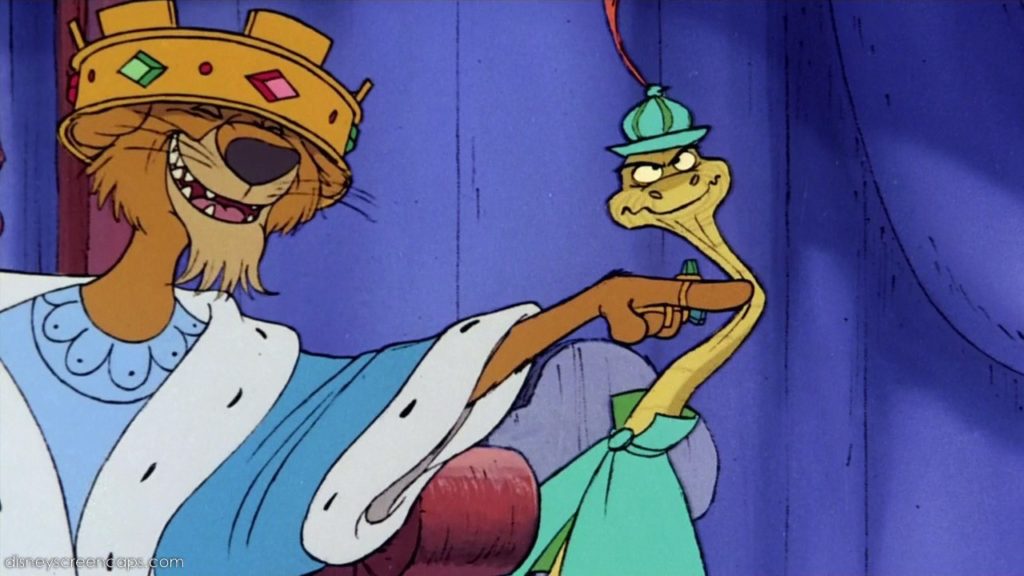
Granted, Disney animated cartoons with anthropomorphic critter characters are obviously not meant to be taken as serious representations of what animals are really like, but these caricatures are usually based on stereotypes.
Although it might be entertaining to cast snakes as nitwitted characters that always over-pronounce their “S” sounds in their speech, we think it’s a definite over simplification of the true nature of these fascinating animals.
Snakes have personalities just like other pets, plus they should definitely be respected regardless of whether or not they are a non-venomous constrictor or a dangerous black mamba.
While casting them as comic relief doesn’t cause them to be misunderstood in the same manner that casting them as villains does, we still think it’s an unjust, albeit far more pleasant role for them to play in film.
Snakes as Villains in Movies
The most well-known, recent example we can think of where snakes are credited as being villainous is the Harry Potter series. Obviously these movies were books first, but the representation of snakes as evil or wicked remains true in both the novels and the films.
In the second Harry Potter film, “Harry Potter and the Chamber of Secrets,” a giant snake called a basilisk is running rampant throughout Hogwarts School of Witchcraft and Wizardry.
The entirety of the film is spent trying to locate the “monster” that resides within the Chamber and save the students from being killed or petrified. This is an example of two common snake tropes in action – both the gigantic snake and the villainous snake are at play in the character of the basilisk.
Although there is no such animal in real life, the mythical basilisk is known for being able to kill with a single glance, which is also true in the Harry Potter film. What could possibly be more malevolent than a creature that kills you before you can even see it coming?

Aside from the basilisk, the all time worst villain in the Harry Potter series, Lord Voldemort, keeps a “pet” snake that he actually instills with part of himself. This snake is akin to Voldemort’s “familiar” and actually helped him be reborn and ascend back into power by giving its venom to sustain and feed him when he was weak.
And while we’re on the subject, Lord Voldemort himself can speak Parseltongue, which is the language of serpents. And it is a well-known fact within the wizarding community that the ability to speak to snakes tends to mark one as being a practitioner of dark magic.
In addition, Voldemort’s dark mark that he brands all of his followers with is the image of a snake intertwined with a skull. And the crest of one of the four houses of Hogwarts, Slytherin, that is reputed to have produced all the wizards who ultimately end up siding with Voldemort and practicing the dark arts, also features a snake as its center piece.
While we’re fully aware that Harry Potter is clearly a work of fiction and fantasy, there is no doubt that snakes are a symbol and representation of all that is evil in this particular series of movies. They have no redeeming qualities or facets. Snakes in movies don’t get much love, do they?
Aside from Harry Potter, snakes are often cast as villains in films where massive amounts of them are out to get the often unsuspecting and otherwise innocent human beings. A few examples of this are the aforementioned “Snakes of a Plane,” “Snake Island” (2002), and “Rattlers” (1976). All of these movies feature large groups of snakes that for some weird reason just want to kill people.
While we’re not incredibly alarmed by snakes being depicted as villains in either fantasy or science fiction films, we would like to reiterate that real snakes would much rather flee from humans than seek them out and murder them.
Again, these wonderful animals are being shown in a bad light and we just wish there were more instances in film where snakes are not mean or malicious.
Rattlesnakes in the Western Genre
It’s pretty much a given that any movie in the Western genre will have a rattlesnake in it at some point or other. We have no real problem with this trope as it’s not necessarily untrue, but we do think that rattlesnakes in Westerns has gotten sort of cliche.
In most dramatic Westerns, whether they are more recent or from thirty plus years ago, rattlesnakes are simply part of the terrain. A character will often encounter one in some capacity or another.
Sometimes the hero will interact with the snake by either killing it, eating it, or being bitten by it. Nothing too alarming about that, although we still think that more often than not, rattlesnakes would rather hide from cowboys than bother them.
A good example of a snake character that utilizes nearly all the tropes listed above is Rattlesnake Jake from the 2011 animated film “Rango.” We’re a fan of this movie not only because it’s funny and appropriate for many ages and audiences, but also because many of the main characters are cartoon reptiles!
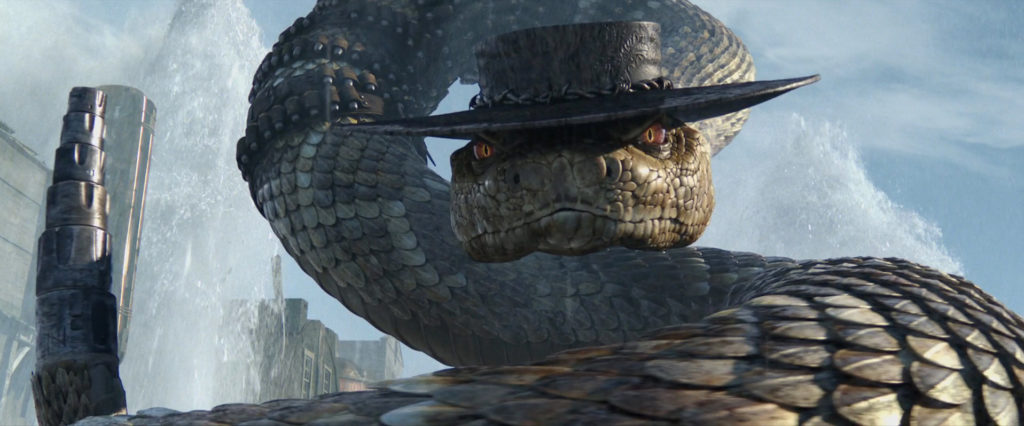
Rattlesnake Jake is of course initially depicted as the villain in “Rango,” although it later comes to light that he is not as evil as some other characters, so that takes care of the “snake as villain” trope.
Jake is also comic relief at times, although we’d say “Rango” is a comedy in general, so nearly all the characters have humorous moments on screen. Jake also has a bad temper, although he doesn’t set out to hunt down innocent bystanders like many other ferocious snakes in cinema.
Conclusion – Snakes in Movies
Overall, we’re happy to see snakes in movies at all and therefore we can’t complain too much when they are easily type cast and tropes are over utilized.
However, we do think it would be nice to see snakes cast in a more positive light from time to time. What do you think? Are you happy with the way snakes are often seen in movies? What would you change? Can you name any films where snakes are portrayed as more dynamic entities?

